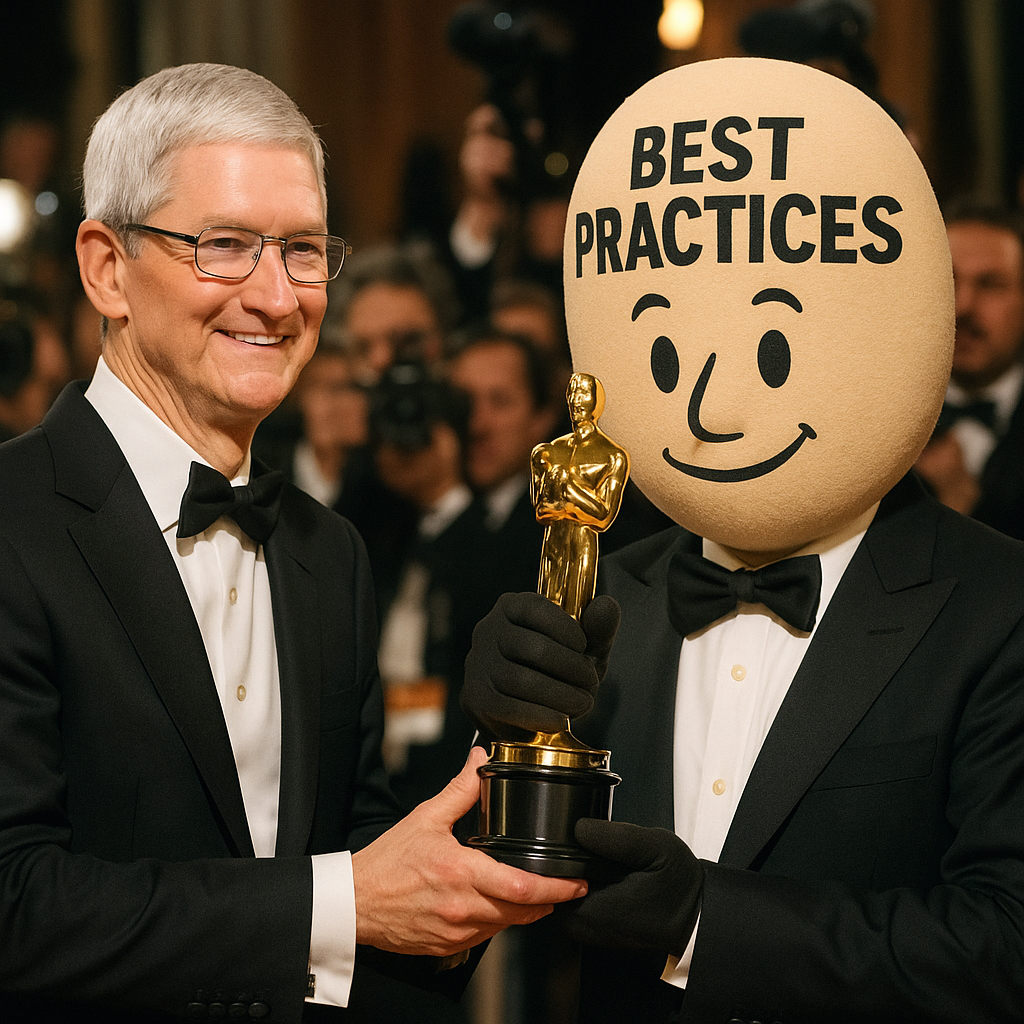We’ve all heard the advice:
“You should follow best practices.”
It sounds reassuring — like it’s a safe, proven path to success. But the “best practices” myth deserves a closer look.
Does it mean you’ll outperform your competitors?
Deliver faster?
Build cheaper?
Make something higher quality?
Not really.
It usually means you’re doing things exactly like everyone else. You’re adopting methods that were tested and validated — up to a point — and now widely accepted.
I’m not saying best practices are bad per se — especially if you’re starting from scratch. But believing they’ll give you a competitive edge is a fallacy. Your top competitors are using them too. If you’re all following the same playbook, you’re mirroring, not outmaneuvering — and no one’s pulling ahead.
Need proof?
Think back to the COVID supply chain crisis. The world’s top automakers all ground to a halt — not because of poor planning, but because they all ran out of computer chips at the same time.
Why? They were all operating from the same Lean playbook:
- Minimize inventory
- Maximize efficiency
- Eliminate “waste”
Even if that so-called waste was actually insurance against supply shocks.
Not one major player had a different strategy. So they all got the same result. When disruption came, they had no buffer, no options, no resilience.
That’s the blind spot of best practices. They become gospel. And when everyone’s following the gospel, no one’s innovating.
But here’s the deeper issue:
It’s not enough to know best practices have limits. You also need a culture that’s willing to stray from them. And that means building a culture where intelligent failure is not punished — but respected.
Because breakthroughs don’t come from best practices. They come from better practices.
And better only comes from trying something new — knowing full well it might not work the first time.
In a culture where failure is punished, innovation dies quietly. Not from a lack of ideas, but from the fear of proposing them.
If we want outsized gains, we have to stop worshipping the average. Best practices may keep things running — but they rarely change the game.
The best practices myth keeps us trapped in comfort — when progress lives in risk.
Unlean Thinking means daring to look beyond what’s worked — and asking what could work better.
Check out more UnLean Thinking in the series on this blog.
Or subscribe to our UnLean Thinking Newsletter on Linkedin




